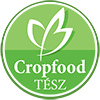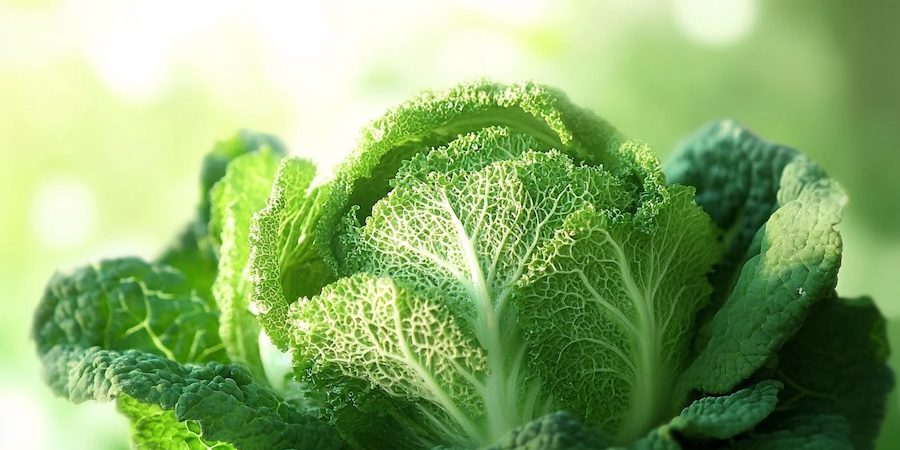With the support of our stable Hungarian producer base, this vegetable is always available in high quality in our wholesale assortment – ask us for an offer!
Kale, also known as curly kale or leafy kale (Brassica oleracea var. sabellica), is one of the oldest cultivated cabbages and has been valued throughout Europe for centuries for its excellent nutritional value and versatility. This vegetable originated in the Mediterranean region, from where it spread rapidly to northern and western Europe. It is particularly popular in Scandinavia, Germany, the Netherlands and the United Kingdom, but its health benefits and gastronomic value are now being discovered in Hungary.
Kale is rich in vitamins, minerals and antioxidants. It is extremely high in vitamin C, vitamin K and vitamin A, and also contains high levels of calcium, potassium and iron. Regular consumption can help reduce the risk of cardiovascular disease, support the immune system and strengthen bones and vision.
Specificities of kale production
Kale is well tolerant of cold weather and is therefore a typical vegetable of the autumn-winter season. As well as being grown in the open air, it is often grown in greenhouses throughout Europe, where it can be kept available all year round by controlling growing conditions. In Europe, it is most widely grown in Germany, the Netherlands, the UK and France.
In recent years, more and more people in Hungary have started growing kale, mainly on small, local farms and organic farms. In Hungary, you can typically find Hungarian kale in markets and shops from the end of September to the end of March. In the summer and early autumn, the most common products are imported kale, mainly from the Netherlands or Germany.
How to choose good quality kale?
When choosing fresh and good quality kale, it is important to pay attention to the following aspects:
- The leaves should be bright green, without yellowing or browning.
- The leaves should be crisp, firm and fresh, not wilted or soft.
- Smaller and medium-sized leaves are usually more tender and tastier.
- Avoid leaves that are too wet or mouldy.
How to use kale in the kitchen?
Kale is one of the most versatile leafy vegetables and can be used in countless dishes:
- Excellent for making soups, stews and stews.
- It can also be used raw in salads and smoothies due to its high vitamin content.
- Sautéed in a pan with a little oil, it makes a delicious side dish.
- Its curled leaves are well suited for making stuffed kale.
- It can also be eaten as a healthy snack in the oven.
How to store kale correctly?
After purchase, it is advisable to store the kale in the refrigerator, preferably in an airtight bag or box. This will keep it fresh for up to 5-7 days. Store unwashed as moisture can accelerate spoilage. It is also excellent for freezing: washed and chopped beforehand, it will keep for months in the freezer, so you can take it out at any time for quick meals.
Interesting facts about kale
- Kale is one of the oldest European cabbages, known and eaten by the ancient Greeks and Romans.
- There are not only green, but also red and purple varieties, which have a slightly sweeter, milder taste.
- Since 2010, he has gained huge popularity in the US and is one of the best known representatives of the superfood movement.
Tips for using kale
- Make quick kale chips: chop the leaves, season and fry until crispy.
- Instead of a main course, you can make a light cream soup with potatoes and nutmeg.
- To make kale salad, massage the leaves with a little lemon juice and olive oil to make them softer and more flavoursome.
- Make a vitamin bomb: blend it with apple, banana and orange juice for a breakfast drink.


